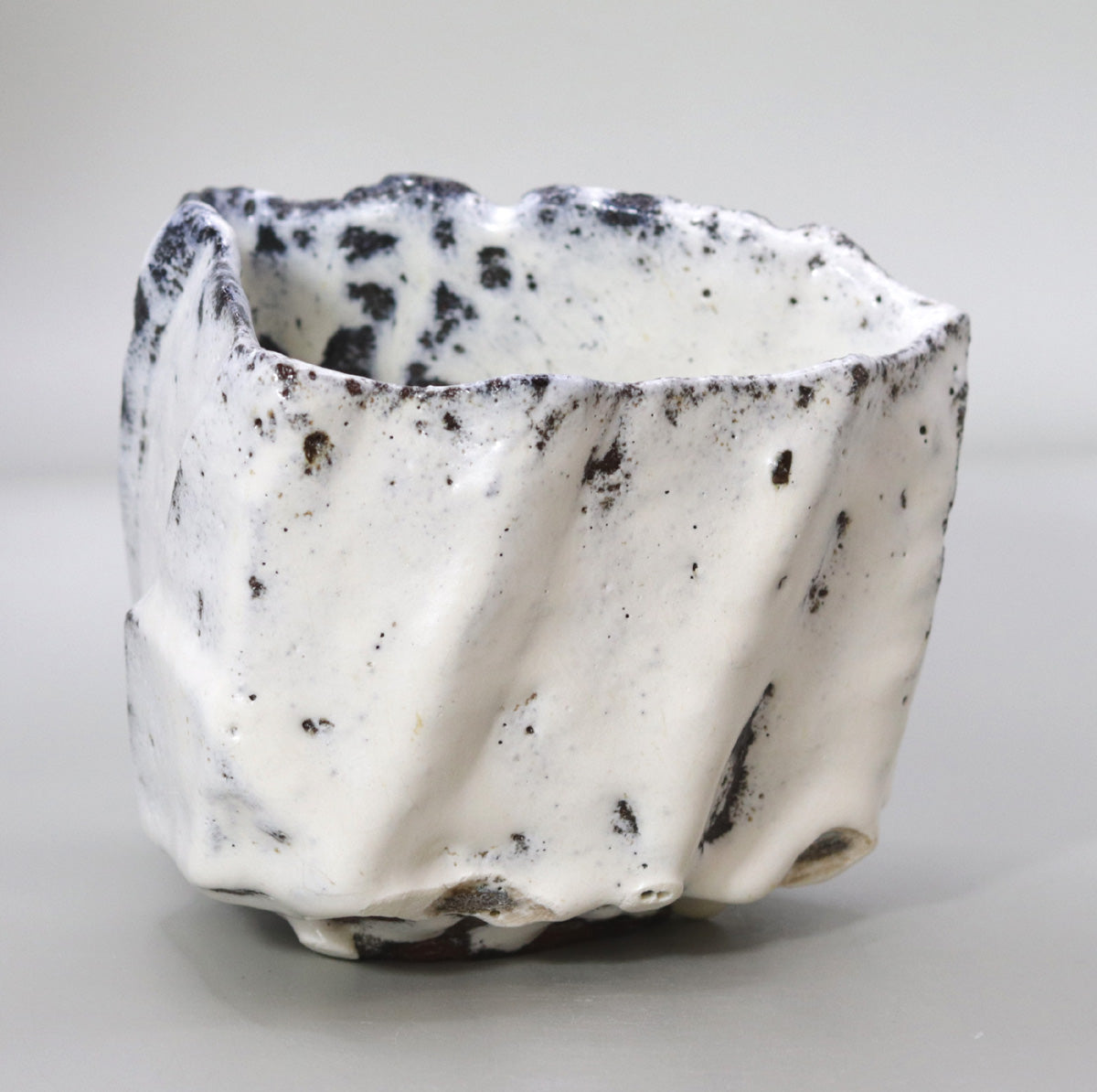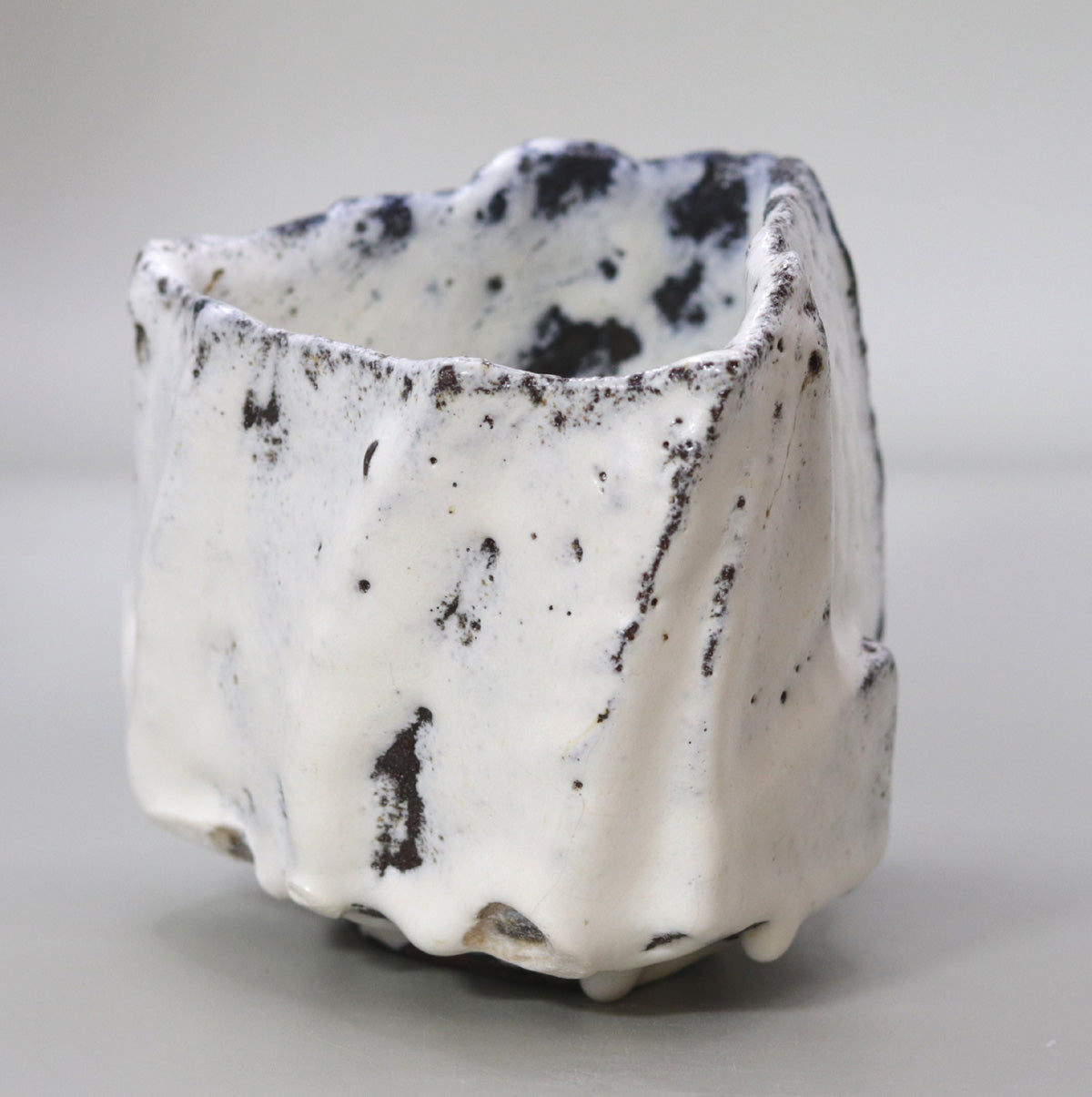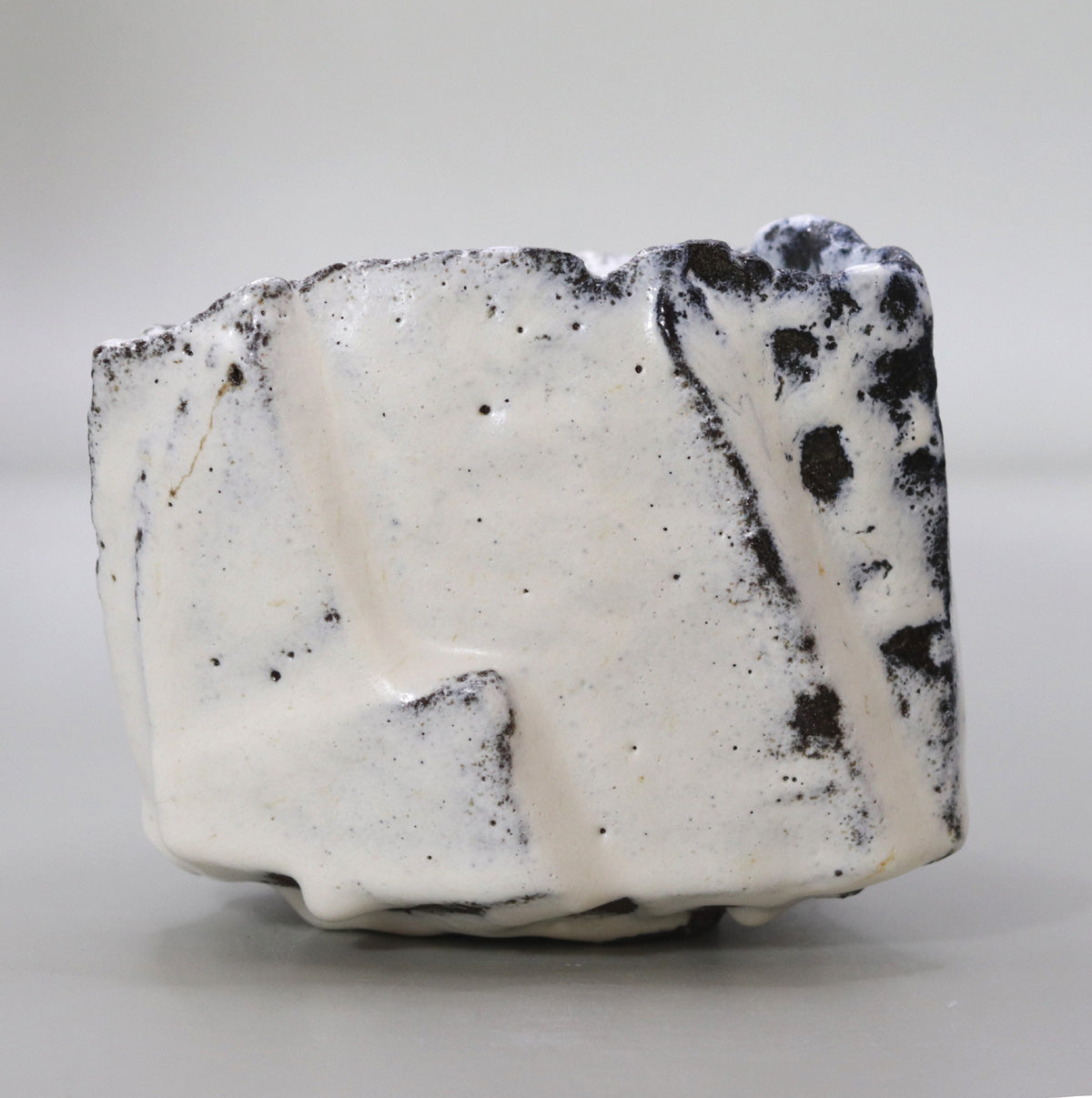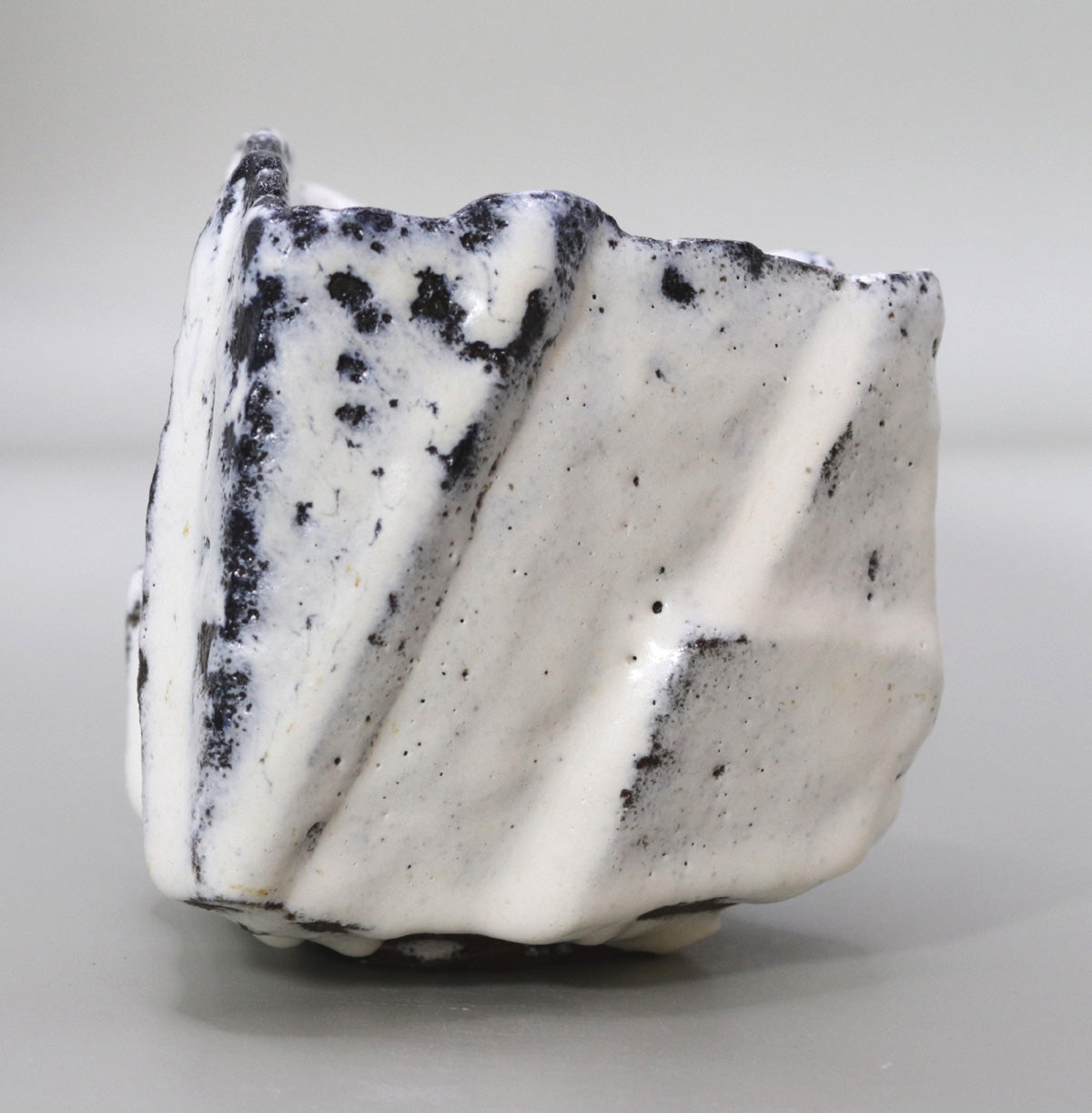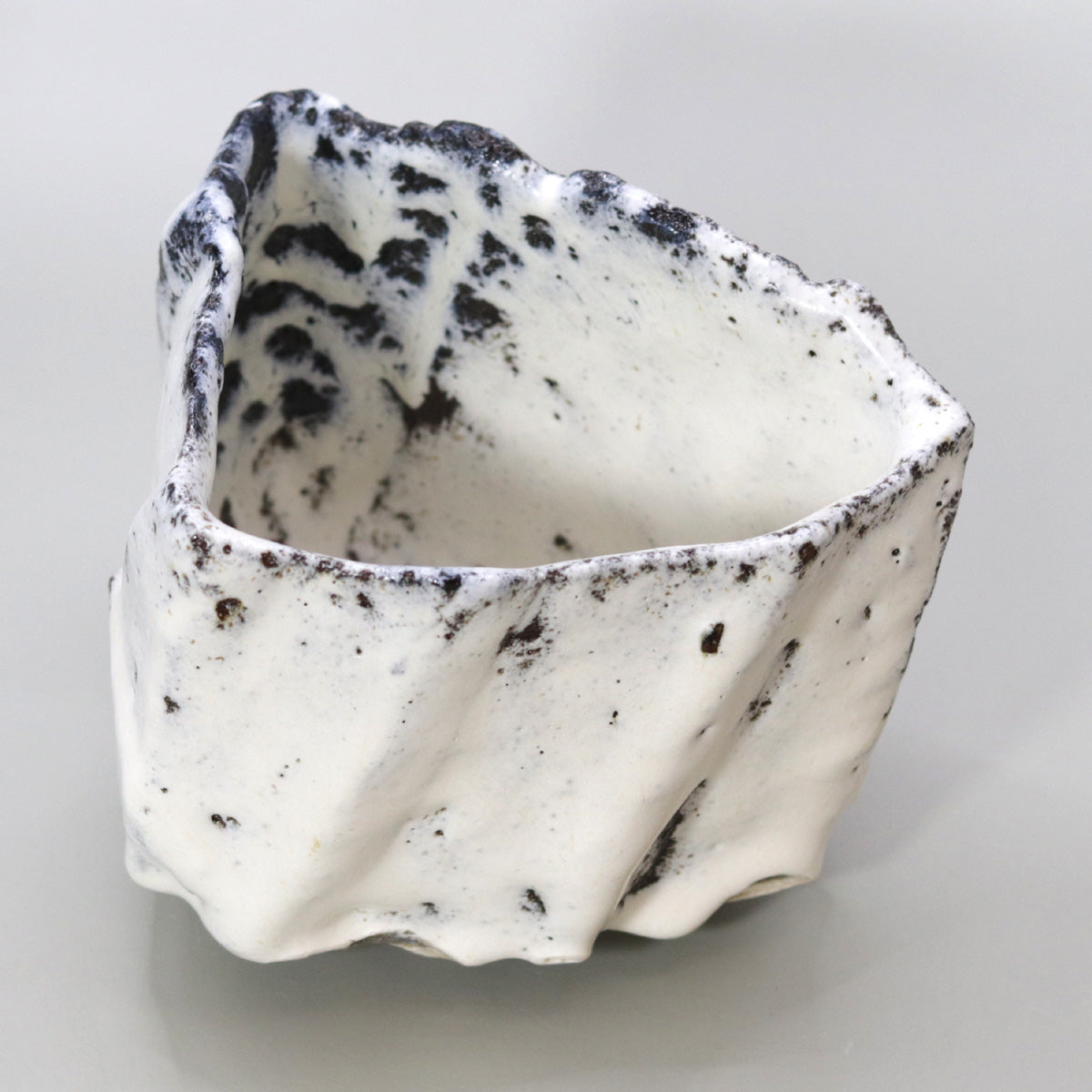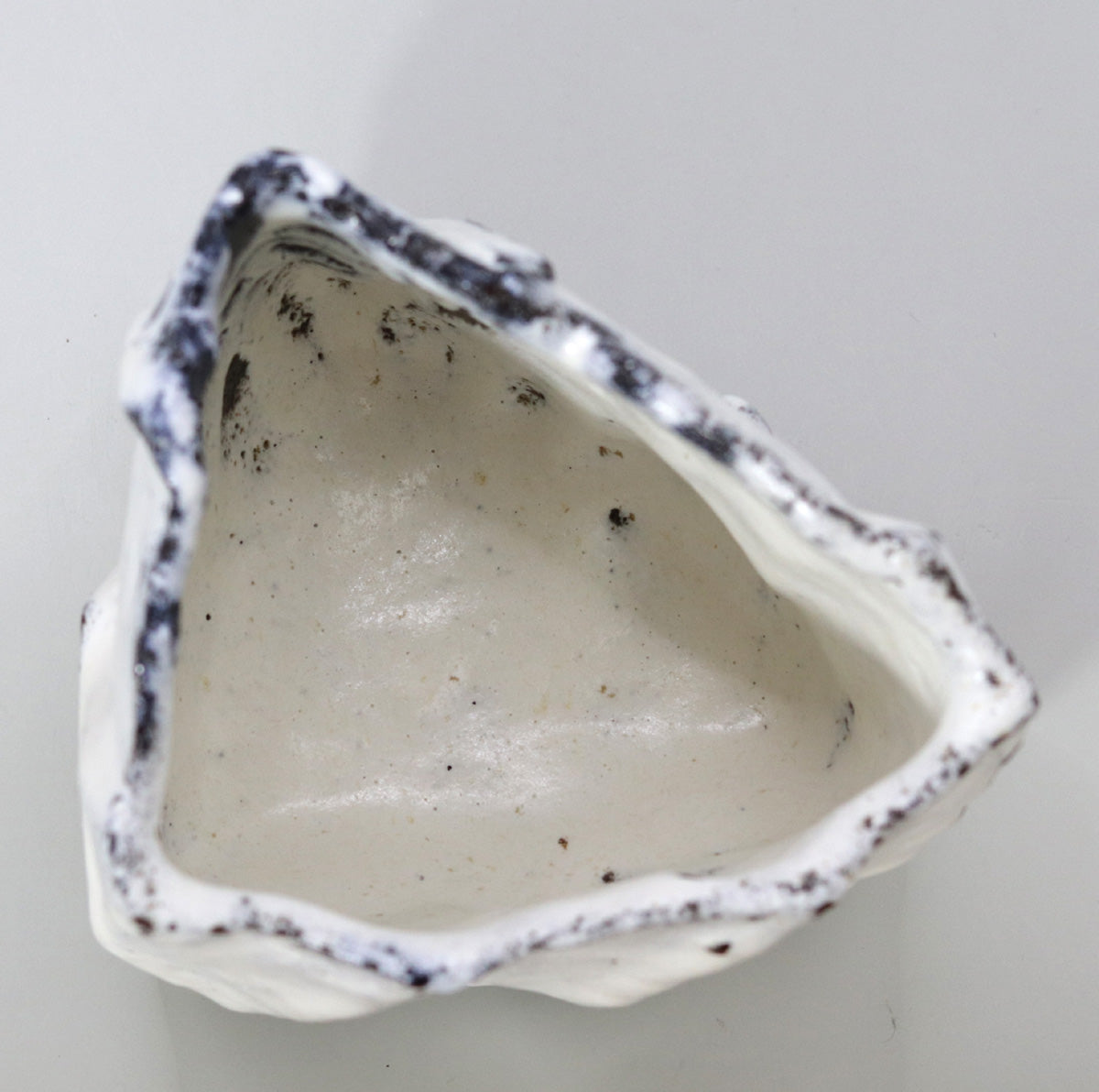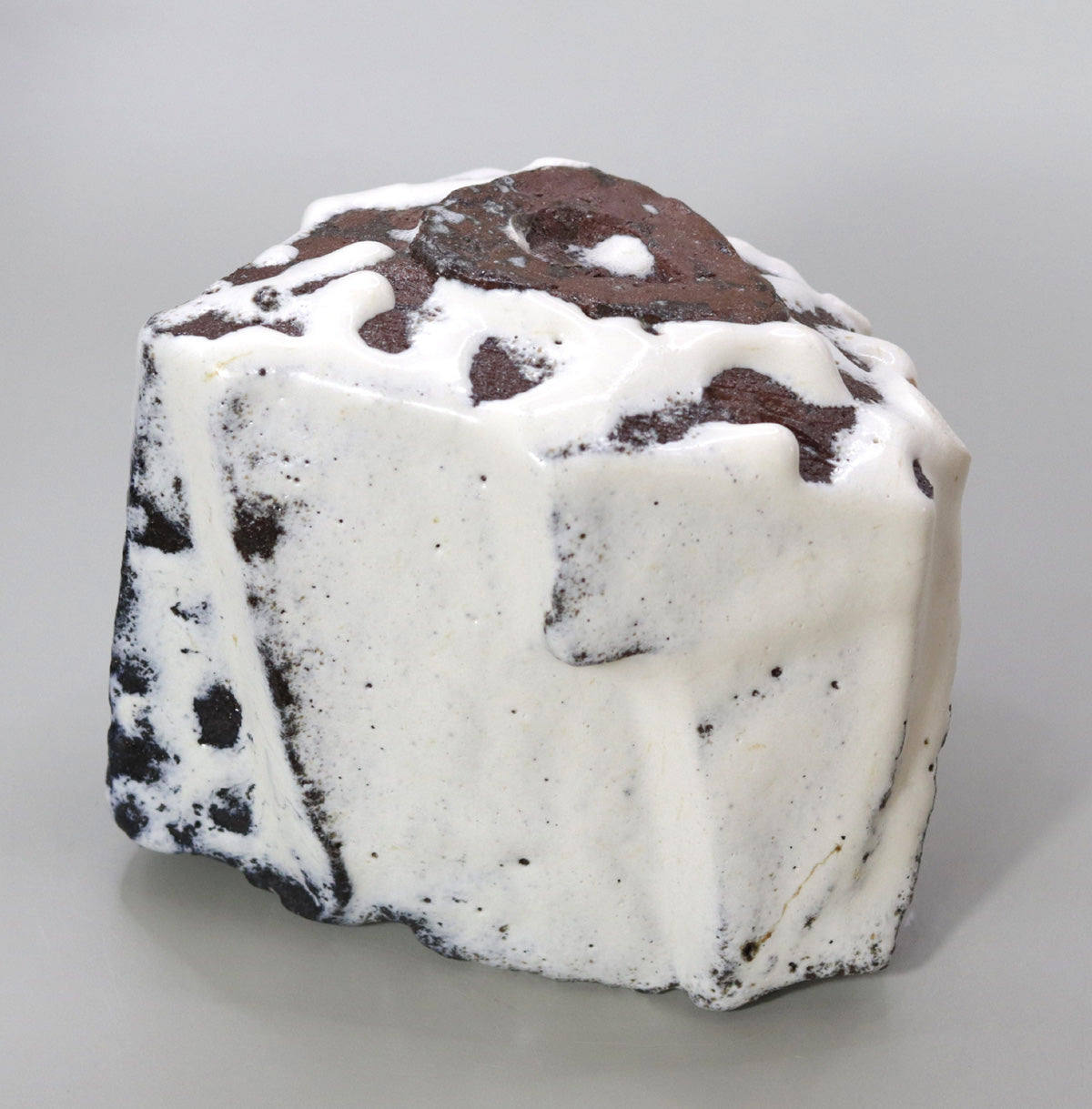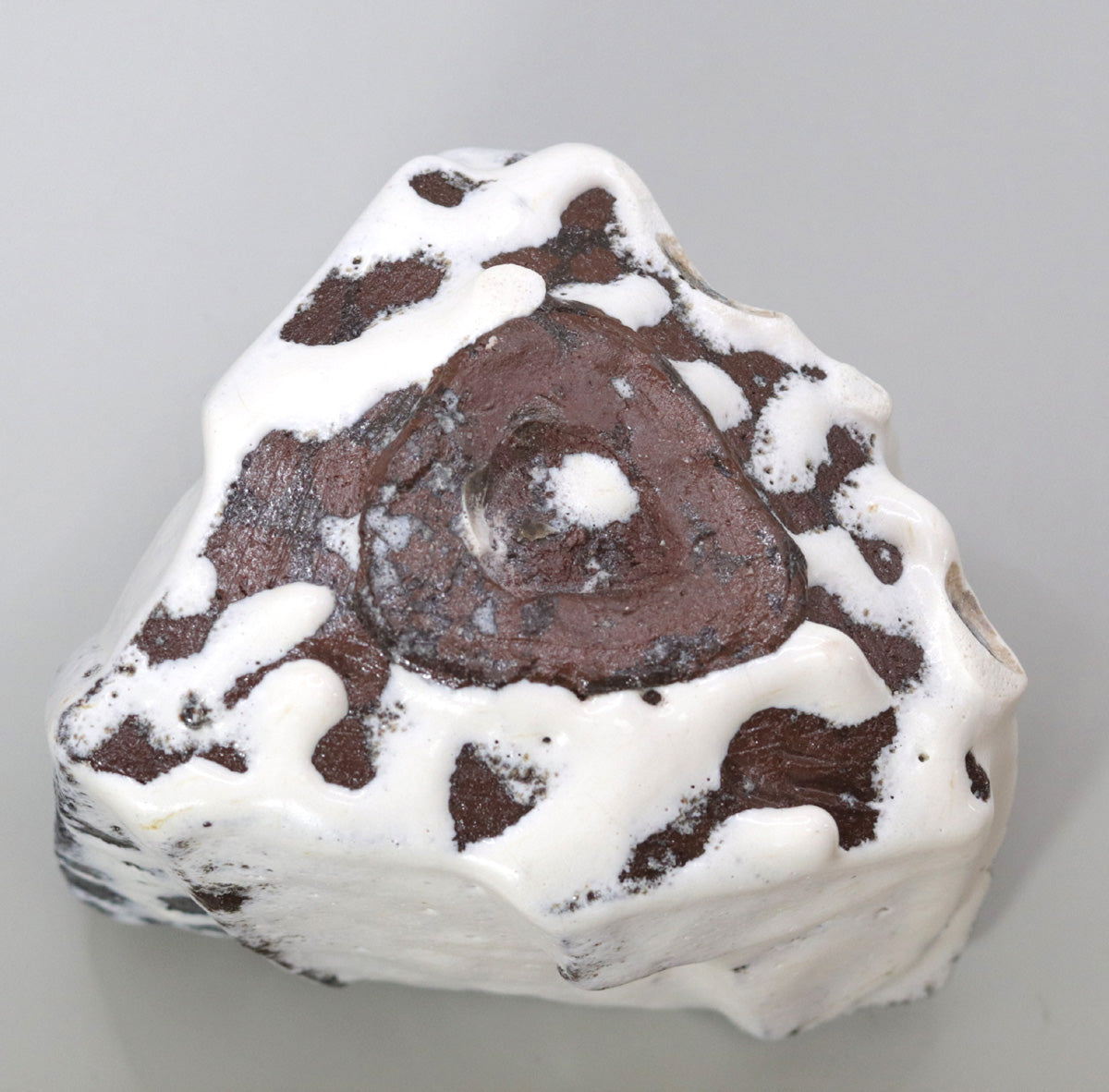Straw white glaze tea bowl Nishidansei
Straw white glaze tea bowl Nishidansei
Couldn't load pickup availability
Width: 14.2cm Depth: 12.4cm Height: 12.4cm
Straw white glaze captures the moment of snow melting
The straw-white glaze that covers this piece is as white as if frozen in time, as if the moment when fallen snow melts gently. The soft milky white color derived from straw ash envelops the entire surface, while the iron contained in the base stands out in black, creating ink spots like shadows scattered on the snow surface. Fine crazing is hidden in the glaze layer, and as the tea color soaks in over many years of use, there is a sense that there is room for the glaze to develop into an even deeper appearance.
A sculptural form created by gentle folds
Large, undulating vertical folds are carved into the body. By pushing the fingertips in and out while the clay is still plastic, creating a continuous, soft slope, I was able to achieve both a visual rhythm and a comfortable fit in the palm of my hand. The way the shadow glides along the folds evokes the quiet mountainside before an avalanche, giving the piece a dynamic sense of tension.
The temperature and texture of Tanba clay
The base is made of reddish rough clay from Tanba, and by peeking out slightly from the thin parts of the glaze and at the bottom, it breathes a warm breath into the cold white glaze. The glaze pools and small bubbles that form near the bottom are evidence of the "yaki-hen" process, which symbolizes the moment when the melted glaze solidifies again in the kiln, and they exude a presence as traces of the intersection of the power of nature and the artist's intentions.
Functional beauty as tea ceremony utensils
The rim is slightly wavy, providing a soft touch when it touches your lips. The cup has a wide and deep base, so it does not interfere with the movement of the tea whisk. The thick body has excellent heat retention, so even when making strong tea, the heat is transferred gently to your palm. The base is cut at a modest height, making it suitable for tea ceremonies as well as modern table settings.
Between tradition and innovation
Based on the classic material of straw white glaze, the bold incorporation of sloping folds in the form goes beyond the traditions of Tamba ware to propose a new aesthetic. The rich shadows hidden in the minimal color of white, and the natural patterns woven by the earth and fire - these two elements resonate with each other in a multilayered way, elevating the tea bowl from a simple utilitarian vessel to a sculptural work of art.
A story that time adds to
With repeated use, the tea slowly soaks into the cracks, and the ink spots take on a softer nuance. The slight tea stains that remain in the valleys between the folds add color like moss sprouting on a white snowy surface, imprinting the owner's time and memories onto the vessel. This landscape will speak quietly to you at a once-in-a-lifetime tea ceremony.
The silence of the snow walls and the power of fire blend together in this straw white-glazed tea bowl, capturing the majesty of nature in the palm of your hand. If you listen carefully as you make tea, you will be struck by the lingering sound of melting snow flowing down the valley. We hope you will treasure this bowl for a long time and enjoy the process of the landscape of black and white changing with the seasons.
Tadashi Nishibata Biography
Born on February 24, 1948. Started making pottery in 1969. 1976. Hyogo Prefectural Exhibition Encouragement Award. 1986. Selected for the Japan Traditional Crafts Exhibition for the first time. 1988. Selected for the Japan Traditional Crafts Exhibition. Japan Traditional Crafts Exhibition. Japan Crafts Association President's Award. 1989. Selected for the Japan Ceramic Art Exhibition. Nogawa Memorial Award, Handon no Kai. 1991. Selected for the Japan Traditional Crafts Exhibition. Selected for the Japan Ceramic Art Exhibition. Grand Prize at the Tea Ceremony Forms Exhibition. 1992. Selected for the Japan Traditional Crafts Exhibition. Excellence Award at the Tea Ceremony Forms Exhibition. Hyogo Prefecture Emerging Artist Encouragement Award. Invited to exhibit at the NHK-sponsored Paris - 100 Contemporary Japanese Ceramics Exhibition. Excellence Award at the Tea Ceremony Forms Exhibition. 1993. Selected for the Japan Traditional Crafts Exhibition. Solo exhibition at Sogo Hiroshima store. Kyoto Chemin. 1994. Selected for the Japan Traditional Crafts Exhibition. Solo exhibition at Nihonbashi Mitsukoshi Main Store. 1995. Selected for the Japan Traditional Crafts Exhibition. Solo exhibition at Sogo Hiroshima store. 1996. Selected for the Japan Traditional Crafts Exhibition. Awarded the Excellence Award at the Tea Ceremony Design Exhibition, solo exhibition at Nihonbashi Mitsukoshi Main Store
1997 Encouragement Award at the Tea Ceremony Design Exhibition 1998 Selected for the Japan Traditional Crafts Exhibition Solo exhibition at Mitsukoshi Nihonbashi Main Store Selected for the Japan Traditional Crafts Exhibition 2000 Solo exhibition at Mitsukoshi Nihonbashi Main Store Solo exhibition at Mitsukoshi Fukuoka 2001 Selected for the Japan Traditional Crafts Exhibition 2002 Solo exhibition at Mitsukoshi Nihonbashi Main Store Solo exhibition at Gallery Dojima 2003 Solo exhibition at Touchingston, USA 2004 Grand Prize at the Tea Ceremony Design Exhibition at Sogo Hiroshima 2005 Exhibited at the Akashi City Museum of Culture and Hyogo Ceramics Exhibition Purchase of Akadobedai, Hyogo Ceramic Art Museum Solo exhibition at Gallery Dojima, Mitsukoshi Nihonbashi Main Store 2006 Grand Prize at the Tea Ceremony Design Exhibition Selected for the Japan Traditional Crafts Exhibition at the Museum of Fine Arts, Boston and the New York Japan Society Gallery Solo exhibition at Yokohama Takashimaya Touchingston, USA Father and Son Exhibition at Matsuyama Takashimaya Toshunkai Exhibition, Sogo Yokohama. Encouragement Award at the Tea Ceremony Art Exhibition. Selected for the Japan Traditional Crafts Exhibition in 2008. Selected for the Japan Traditional Crafts Exhibition. Solo Exhibition, Yokohama Takashimaya, Mitsukoshi Nihombashi, Santa Fe, Touchingston, USA. Toshunkai Exhibition, Funabashi, Seibu, Sogo Hiroshima. Invited to the Japanese Ceramics Exhibition in 2009. Solo Exhibition, Gallery Dojima, Sendai Mitsukoshi, 2010. Sogo Kobe. Exhibited in the Musee Tomo Grand Prize Exhibition, Contemporary Tea. Solo Exhibition, Yokohama Takashimaya, Touchingston, USA. Invited to the Japanese Ceramics Exhibition. Solo Exhibition, Joan B. Marvis, New York, USA. Invited to the Japanese Ceramics Exhibition in 2013. Exhibited in the "Contemporary Famous Bowls" exhibition at the Musee Tomo, Kanmi Kikuchi Memorial. Solo Exhibition, Mitsukoshi Nihombashi, Santa Fe, Touchingston, USA. Gallery Miyazaki, Sogo Kobe, Chiba Sogo, 2014. Solo Exhibition, Mitsukoshi Nihombashi, 2015. Received the Hyogo Prefecture Cultural Award in 2016. Exhibited at Higashihiroshima City Museum of Art for "Ceramics that Color Our Lives - Food Ware" Exhibited at Joan B. Marvis' 40th Anniversary Exhibition in 2017.
2018 Solo Exhibition at Nihonbashi Mitsukoshi Main Store
Share

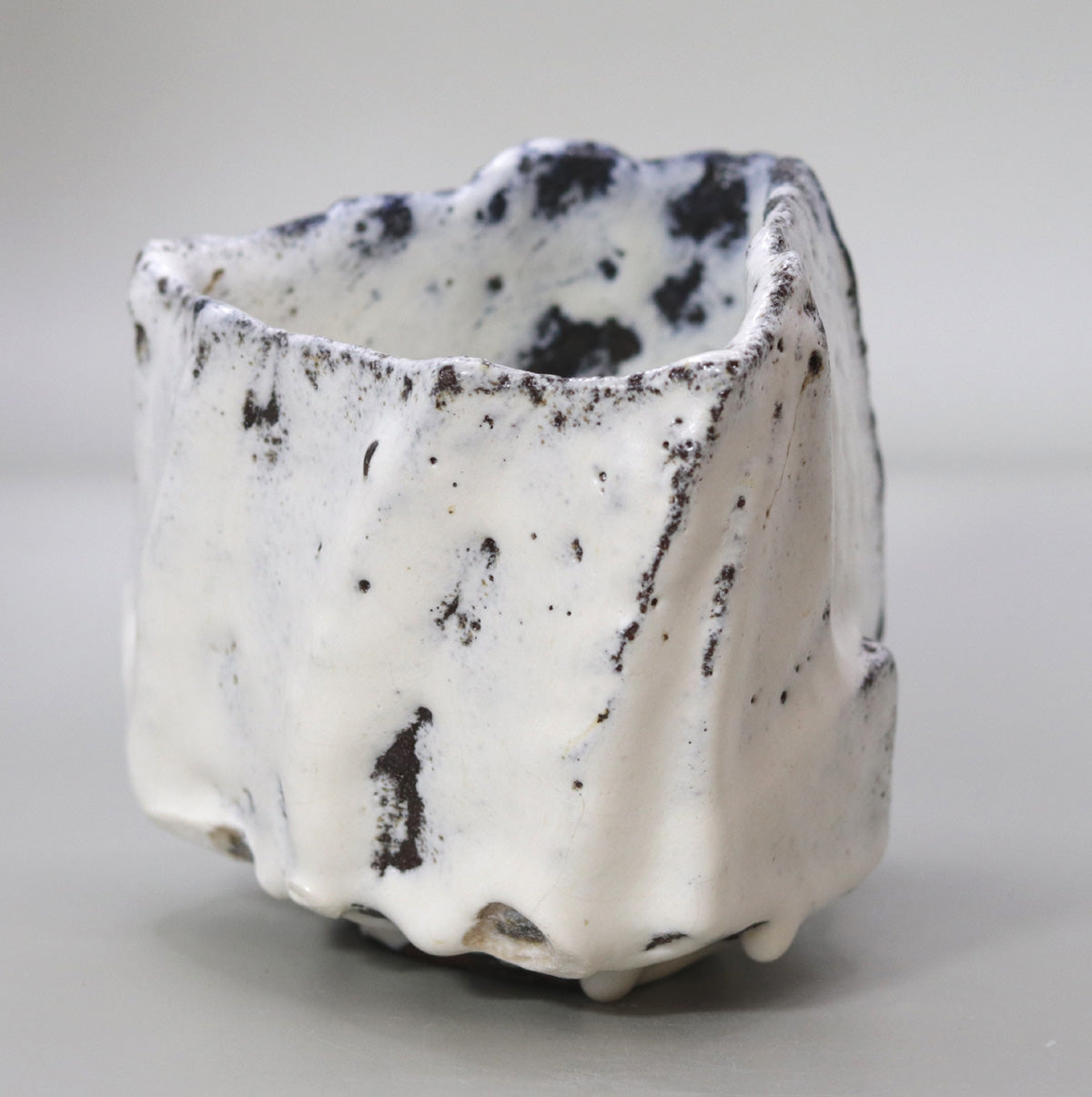
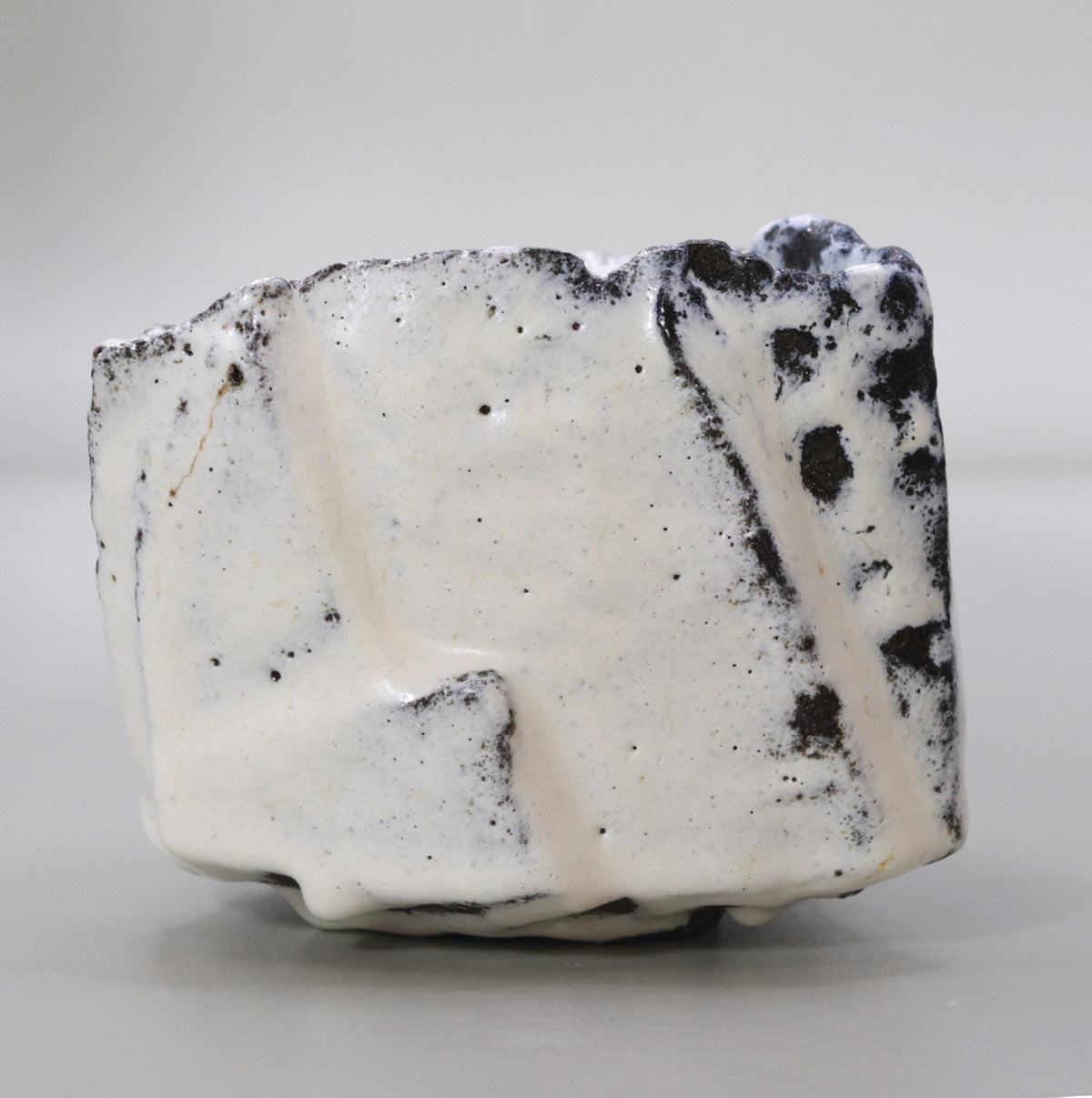
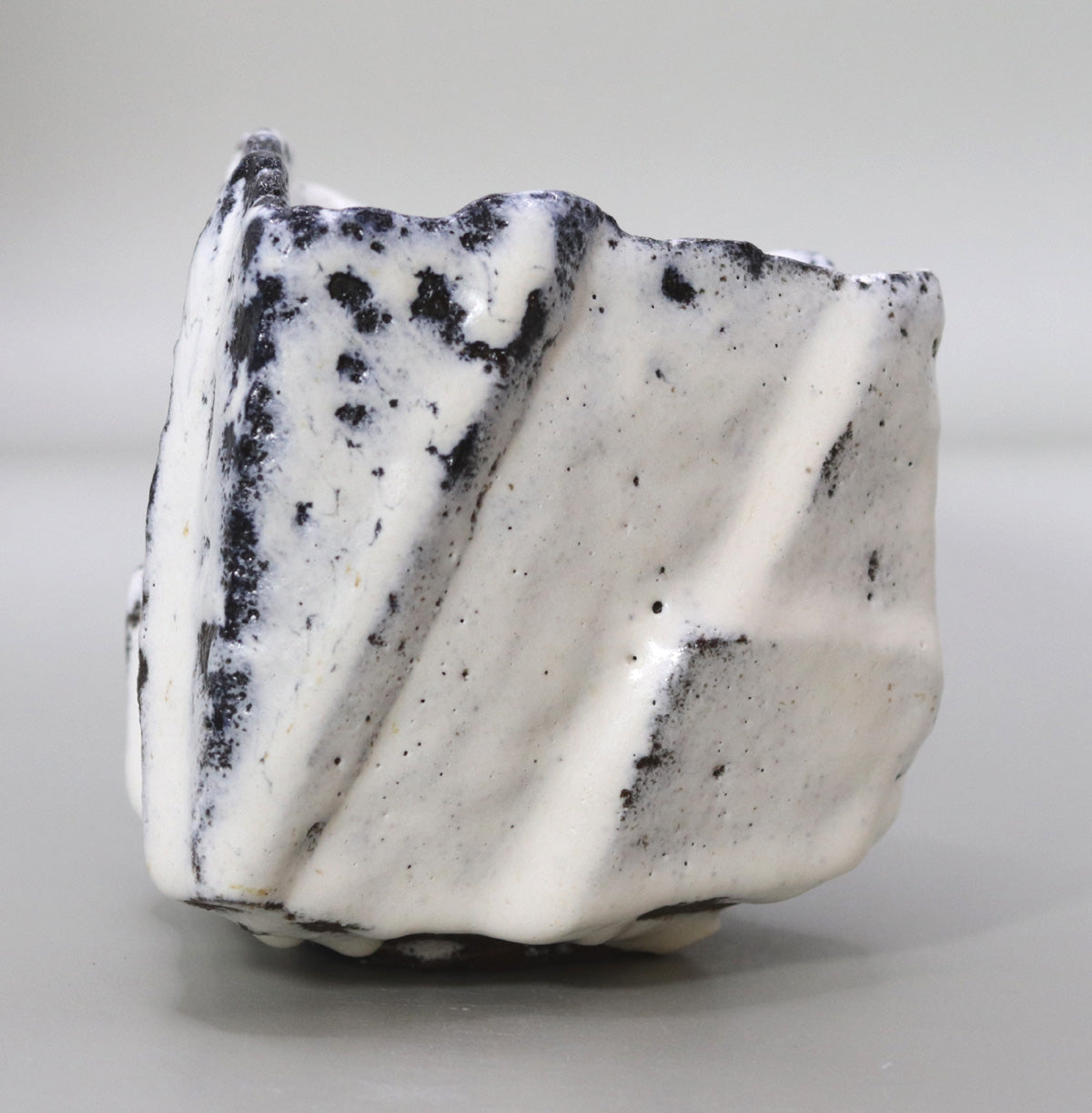
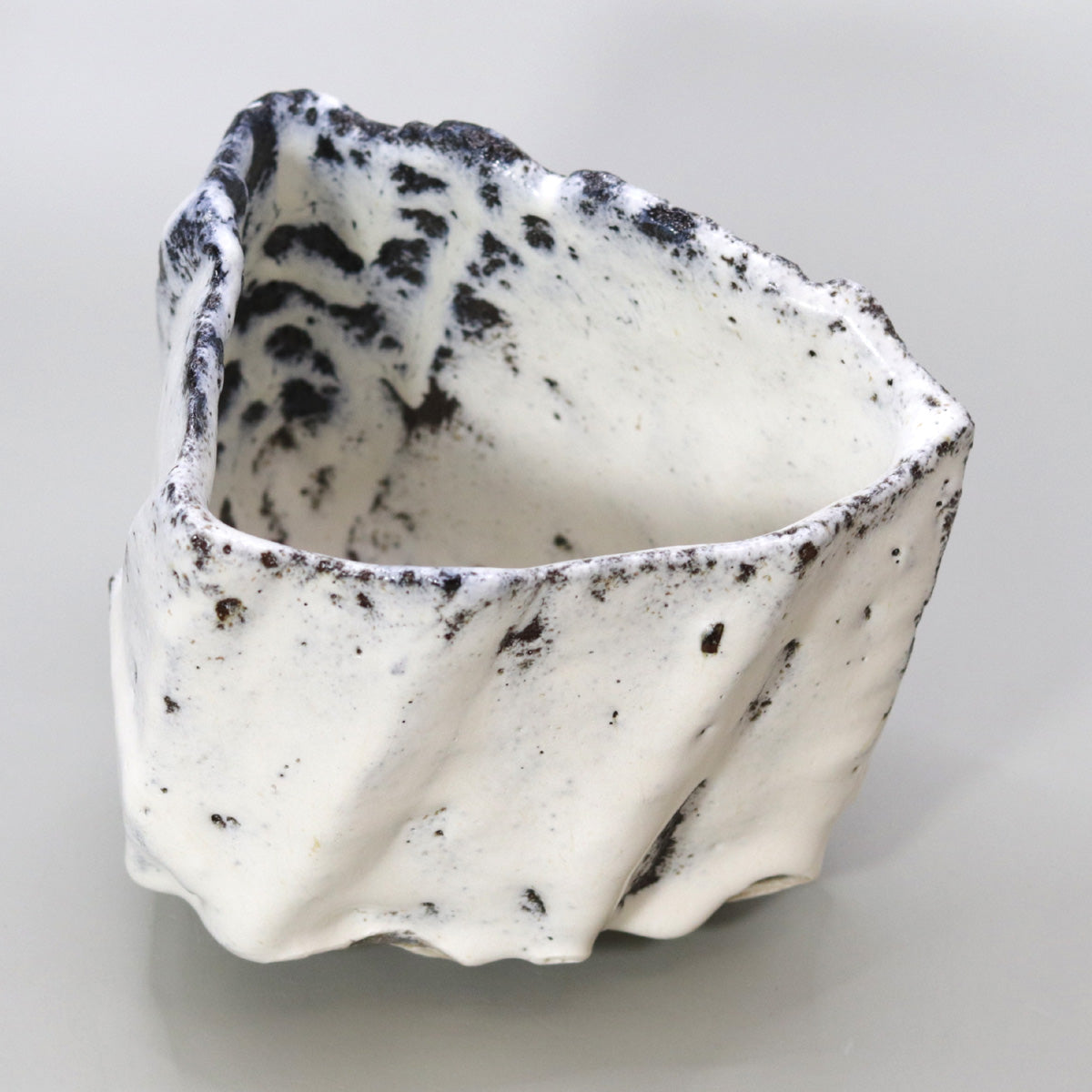
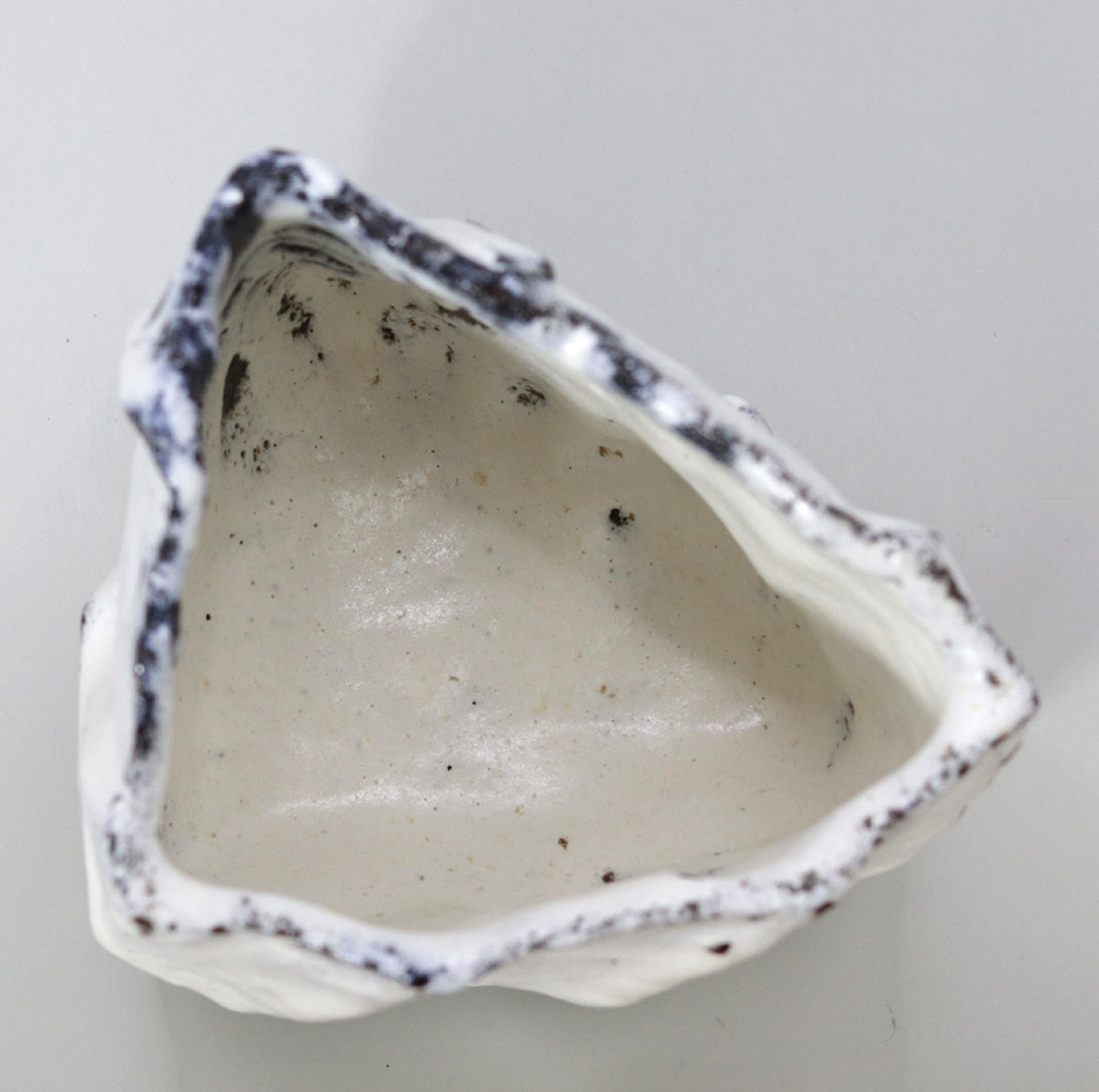
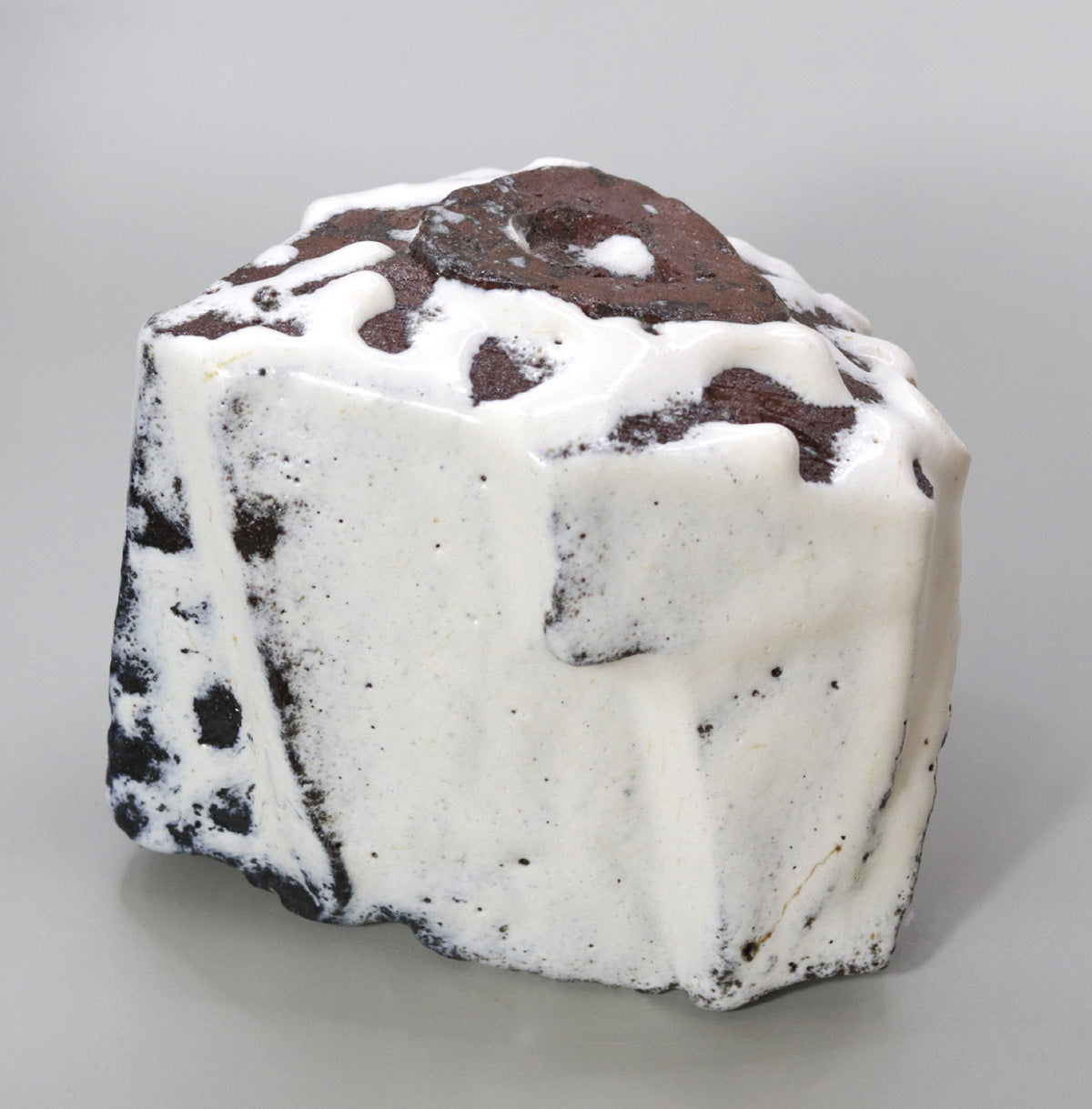
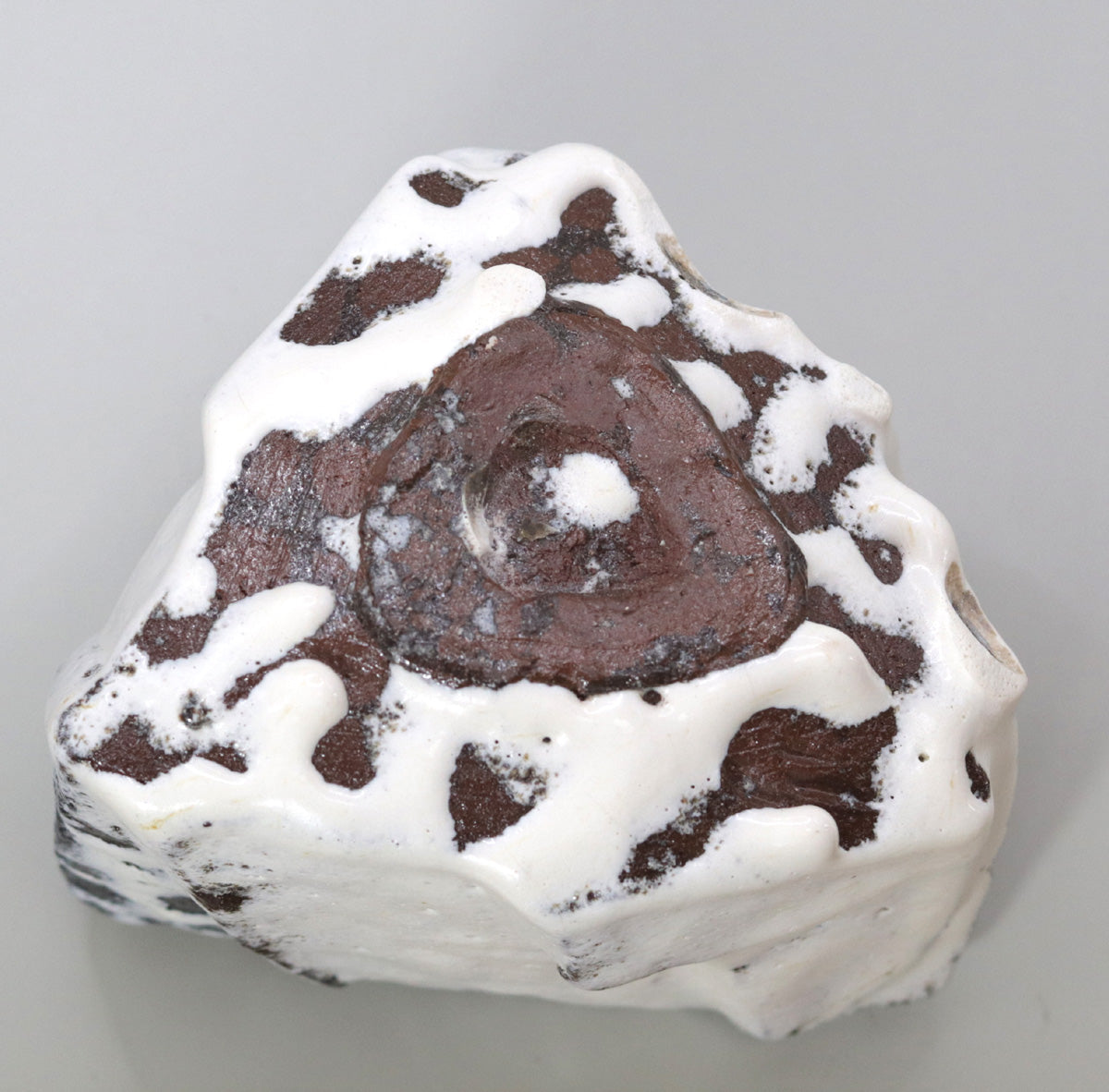
Multi-Column
-
[I will send it to you quickly and carefully]
We carefully package each product in a way that suits it best.
Also, delivery times vary depending on the piece (vessel, etc.).
Items that already come with a box will be shipped within 1-3 days of the order date.
For items that require a box to be made after your order, it will take approximately 30 days for production to be completed and then shipped.
In either case, once we have confirmed your order, we will contact you by email to inform you of the delivery date.
-
[Requests when purchasing pottery]
Even products that look the same may differ slightly in color, shape, size, etc.
The way the glaze is used, the power of the kiln, the firing method, the season, and the humidity also affect the appearance of the pottery.
Please understand the individuality of each piece of pottery and enjoy the unique warmth of handmade.

